Upgrading my Laptop for Windows 11
Last Update: Jun 7, 2024
I wrote a book! Check out A Quick Guide to Coding with AI.
Become a super programmer!
Learn how to use Generative AI coding tools as a force multiplier for your career.
This week Microsoft announced a ton of stuff. .NET 6. Visual Studio 2022. Maui. All kinds of great geek goodness.
I have a couple of new projects coming up that will involve .NET 6 and Visual Studio 2022. I’m going to be doing some of this work on my laptop. I decided I should upgrade to Windows 11 at the same time.
The only problem: My laptop isn’t having that. It’s a Lenovo Thinkpad E590 that’s being stressed in two areas.
My hard drive space is running out:

And I’m pressing hard against my (16GB) memory limit:
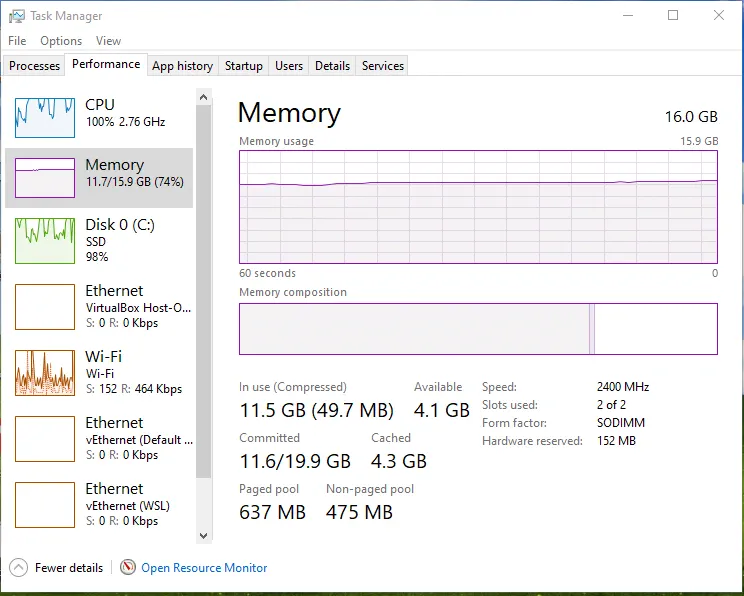
So, upgrading Visual Studio and the operating system? Probably not going to go well.
I mistakenly thought the e590 had a 16GB memory limit, so I seriously considered a laptop upgrade. But I love this laptop, and CPU performance isn’t an issue, so I did five seconds of research and found out I could go to 32GB and add an NVME drive. Great success! I’ll upgrade the laptop instead!
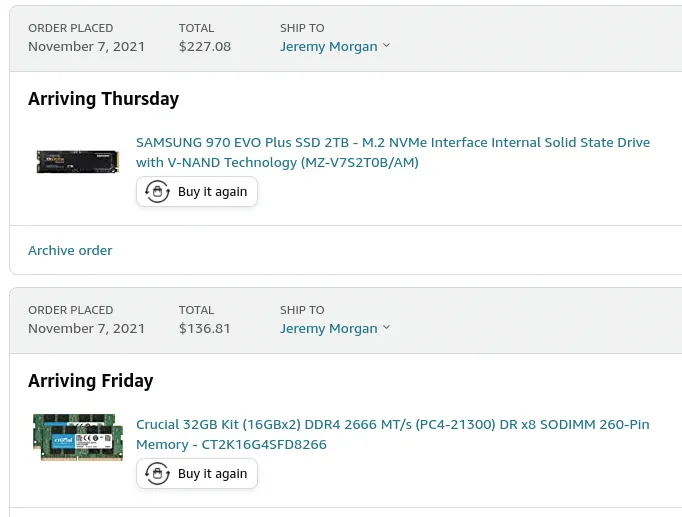
For a grand total of $363.89 (far less than a new laptop) I should be back in business just fine.
How I use my Lenovo E590
For some context, this laptop is my “daily driver.” I have two “big machines” to build courses, content, do live streaming, and article writing. I have a big Digital Storm i9/64G machine running Windows 10 and Arch Linux and an Apple M1 Mac Mini. Those are what I use for “work” or producing essential things.
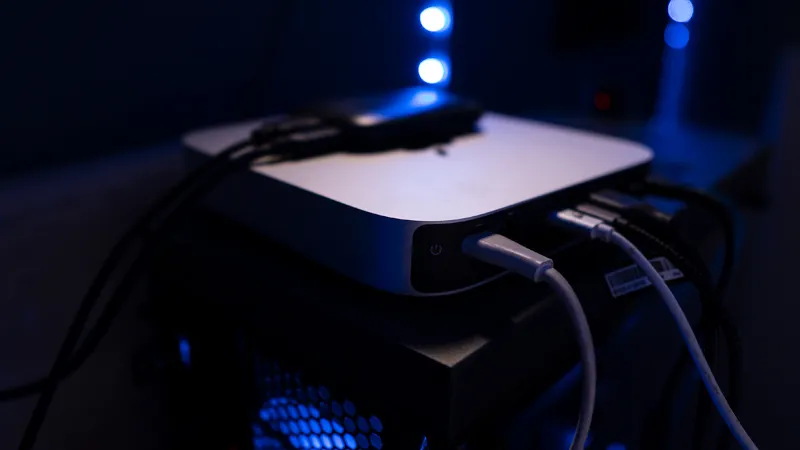
My laptop is for everything else. It’s an i5 machine with 16GB of RAM, running Windows 10 and Pop!_OS. I use this machine to write articles, but also to experiment with things and learn new stuff. It’s my mobile sandbox. I also use it to waste time watching YouTube videos and sending emails. It works great.
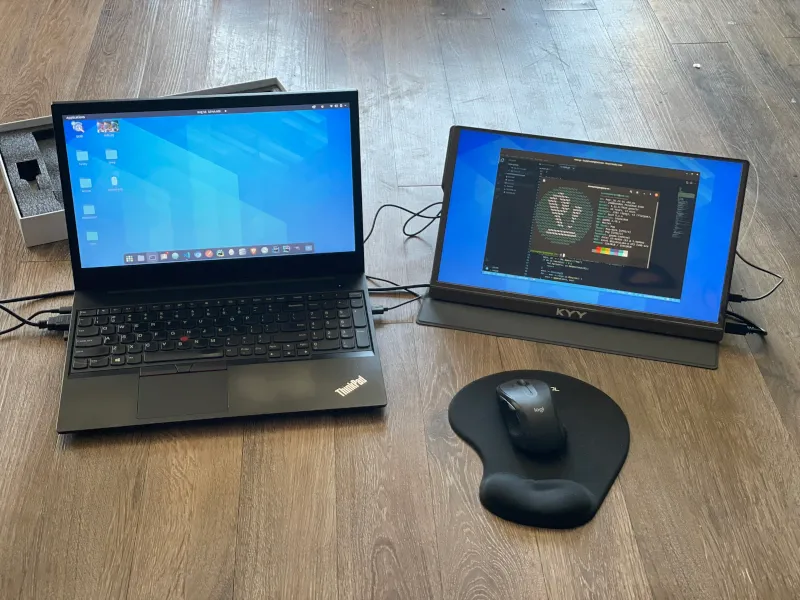
I’m not afraid to slate this thing and put bleeding edge stuff on this machine.
On the Pop!_OS side, there is less upgrade pressure. It runs just fine.
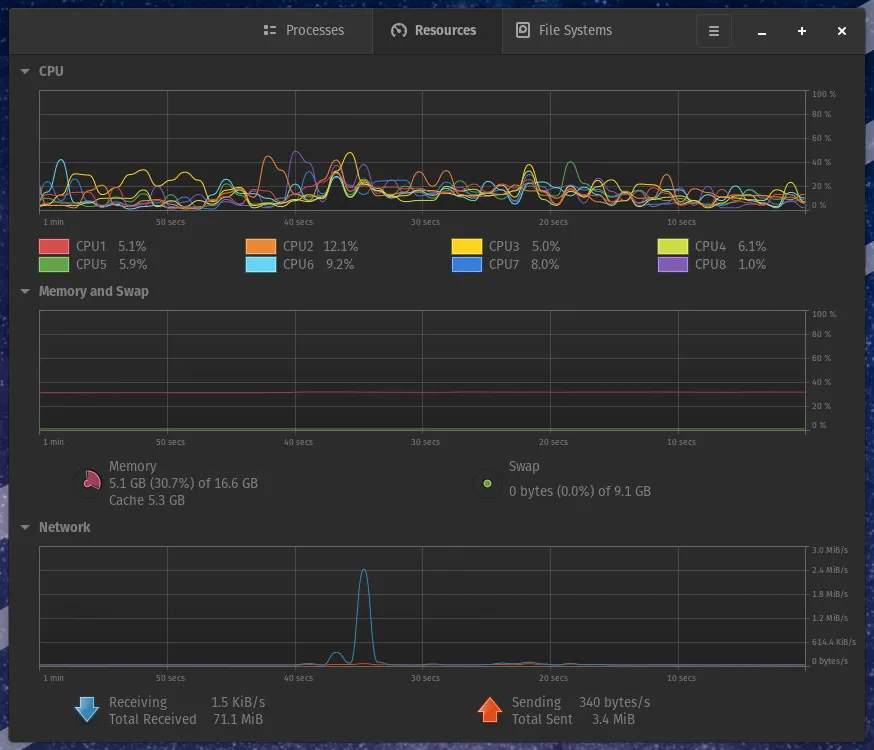
I don’t stress the memory as hard, and I’ve allocated more drive space to Pop!_OS than Windows.
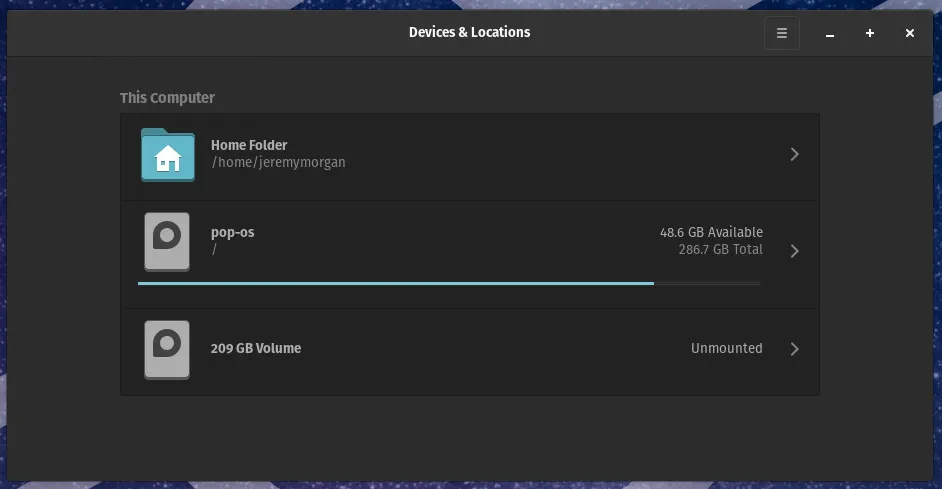
But it wouldn’t hurt to upgrade that hard drive, eh?
So I pulled the trigger.
Upgrading the Lenovo E590
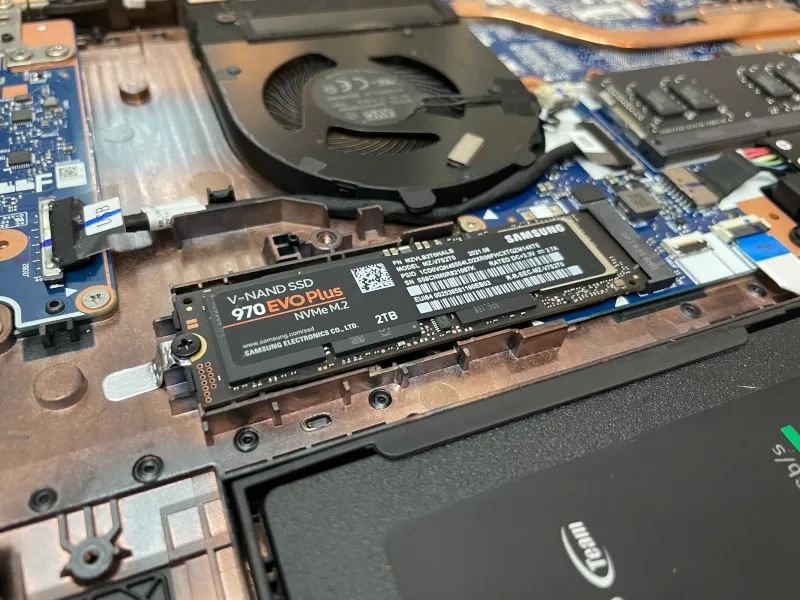
Upgrading this laptop is super easy. Pull out some screws from the bottom, pop it open, and swap parts.
Here’s something cool I realized: The existing drive is an SSD. I can add the NVME to the system and run both.
So that’s what I did.
So I popped out the 16GB sticks and dropped in the 32GB sticks. Added the NVME and put it back together in about 5 minutes.
Pretty cool indeed.
Installing Windows 11
Installing Windows 11 proved to be a bit strange. I downloaded the ISO and noticed I couldn’t burn it with Rufus like I usually do. ISO kept corrupting (despite the MD5 check).
So I burned the ISO with Pop!_OS instead.
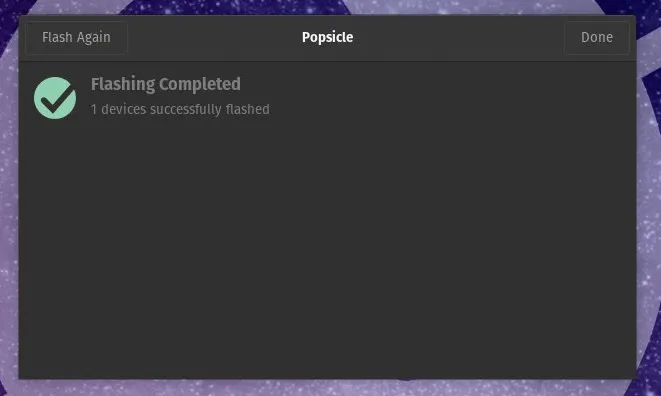
The ISO worked just fine, but I kept getting this error:
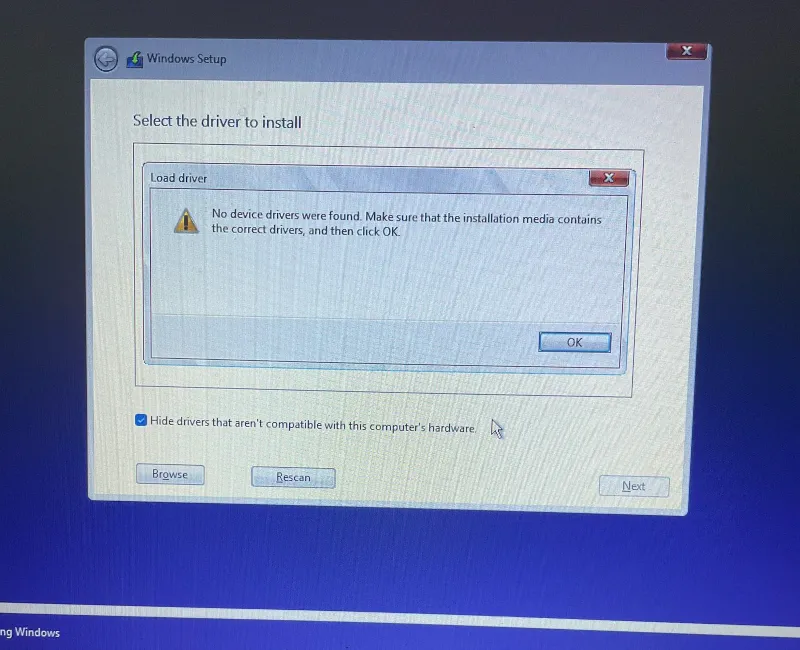
Even weirder was the fact that the installer could see all my drives:
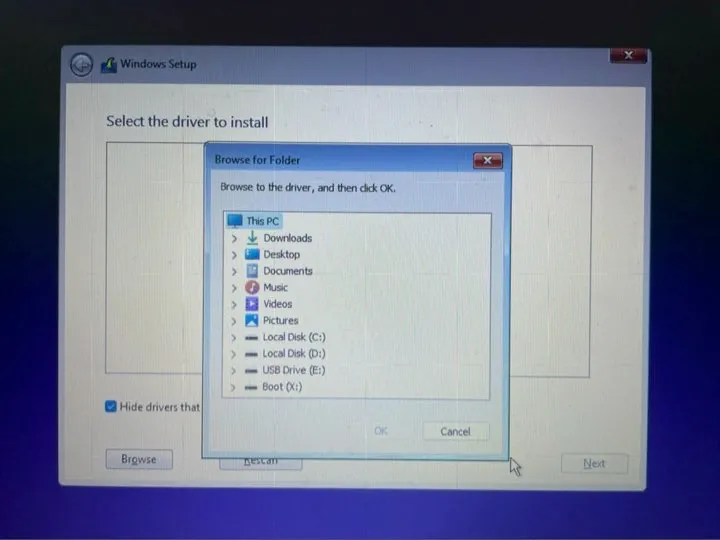
So after trying to install motherboard drivers and other weird stuff, I used the Windows 11 Media Creation Tool to build the USB drive, and it worked like a charm.
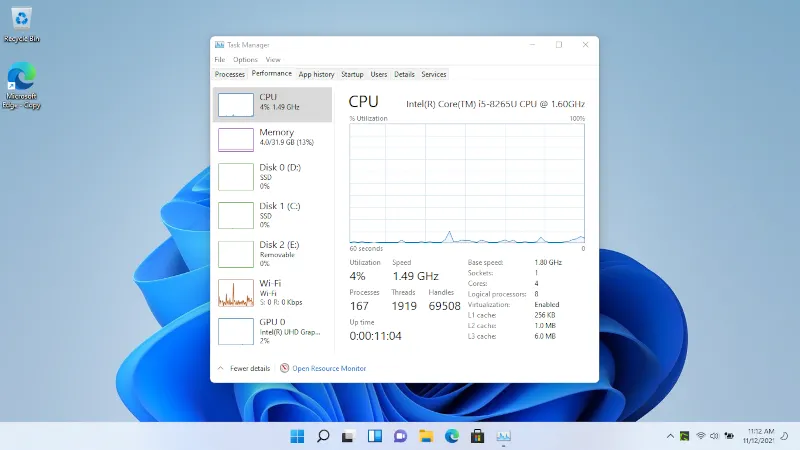
I may never know why this worked this way, but I’ll take it.
My initial impression of Windows 11: It looks very nice and seems performant. I installed Visual Studio 2022 and a few other things, and it works great. I’ll report more later.
After the Hardware Upgrade
So, technically at this point, I have four operating systems on my laptop:
- Windows 10 and Pop!_OS 21.04 on the SSD
- Windows 11 and Pop!_OS 21.04 on the NVME
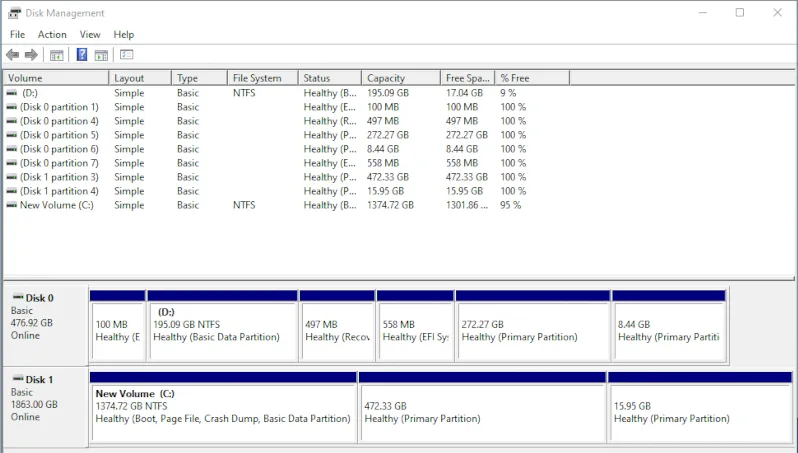
Which is a bit weird. But I wanted to shift my Pop!_OS install onto the NVME, to take advantage of the speed and get 480GB of space. I’ll likely wipe the SSD and put FreeBSD on it or use it for storage.
Windows 11 Performance
Unsurprisingly, with 32G of memory, I have plenty of room to grow.
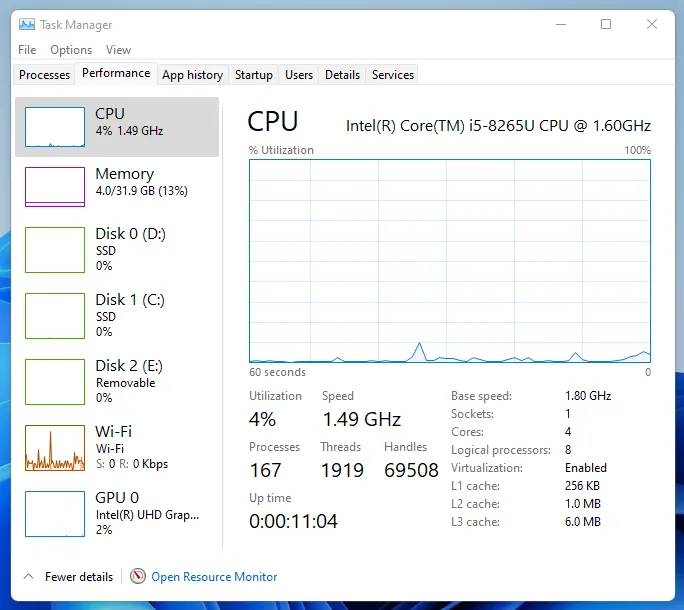
More memory is always better. I wanted 32G for virtual machines, but also just more room to grow. It’s nice to run at 40-50% of capacity all the time. When I get everything installed and configured, I’ll see where my usual baseline is.
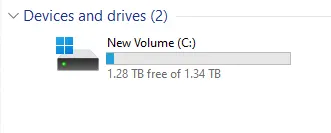
Of course, the extra hard drive space is there—plenty of room for application hoarding.
As I said, Windows 11 is snappy, and things install quickly. I’ll reserve judgment until after I’ve used it for a couple of months.
Pop!_OS performance
I don’t notice much of a difference on the Pop!_OS side. It was snappy and efficient before. I only pressed against the memory limits when running virtual machines.
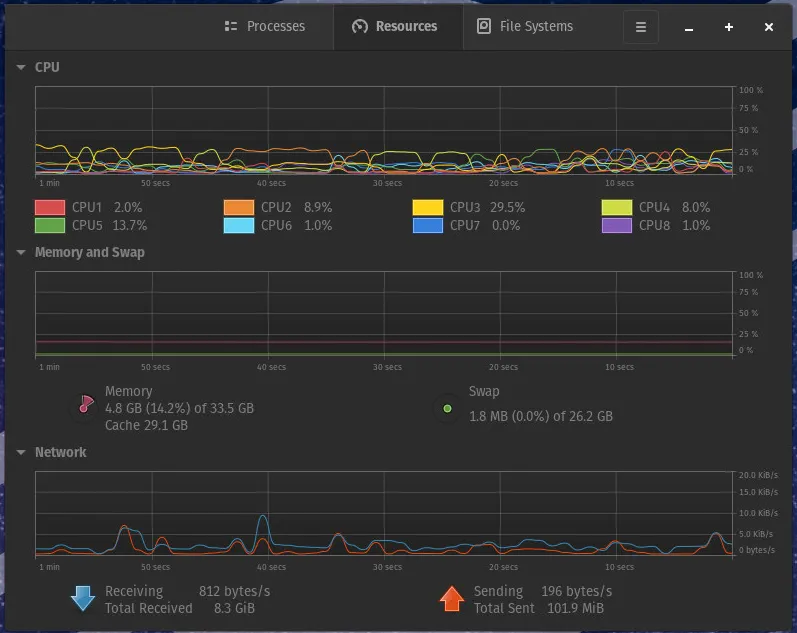
But it is nice to have a little extra.
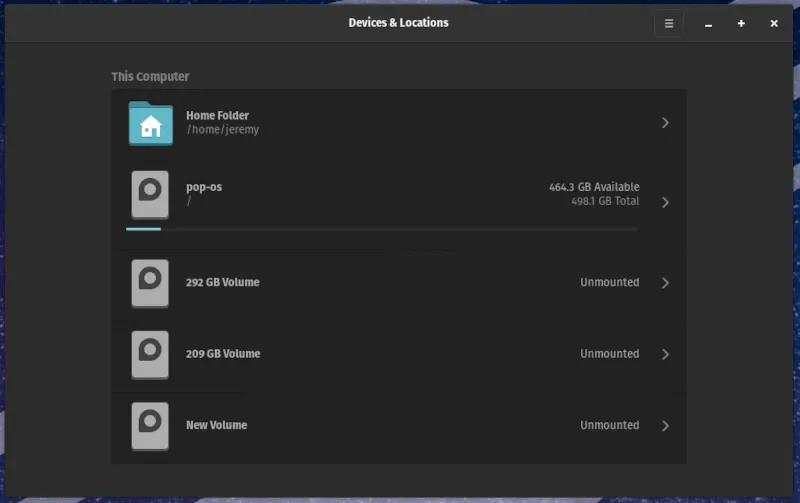
I’m sure once I start pushing things, I’ll notice the NVME speed and extra memory advantages.
Conclusion
There isn’t much of a point to this article. I wanted to write this for two reasons:
- To show you can still upgrade certain laptops rather than replace them.
- For folks who have a Lenovo E590 and are considering this upgrade.
Overall this was a great way to spend my money and possibly run four operating systems on my computer. That would be awesome for testing and versatility.
Questions? Comments? Feel free to yell at me.






